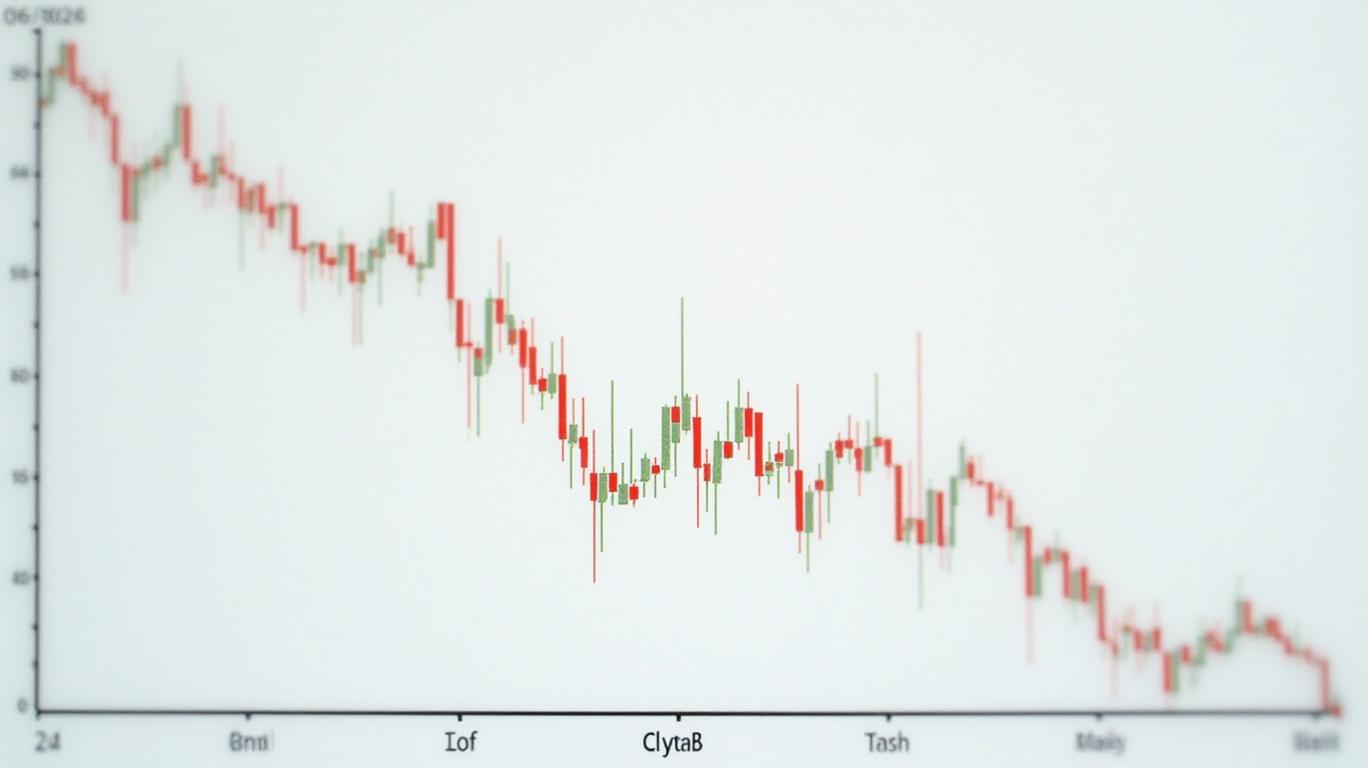AInvest Newsletter
Daily stocks & crypto headlines, free to your inbox
The inclusion of Indian government bonds in the
GBI-EM Global Diversified Index in June 2024 was supposed to mark a milestone for India’s capital markets. Over 10 months, the country’s bonds were to gain a 10% weight in a benchmark managing $213 billion in assets, promising a steady inflow of passive investment. But in April 2025, that promise collided with reality. Overseas investors withdrew a record ₹13,359 crore ($165 million) from index-eligible government bonds—the worst monthly outflow since inclusion began—a stark reminder that emerging markets remain vulnerable to global and domestic headwinds.
The April outflow was the product of three interlocking forces. First, a surge in U.S. Treasury yields upended global bond markets. The 10-year U.S. Treasury yield rose to 4.35% by mid-April, while Indian bond yields fell to 6.33%, narrowing the spread to just 200 basis points—the smallest since 2004. This erased much of the premium that had drawn investors to Indian bonds, triggering a reallocation to safer, higher-yielding U.S. debt.
Second, geopolitical tensions between India and Pakistan flared in late April, spooking risk-averse investors. “Geopolitical risks in the latter half of the month forced investors to go bearish on Indian bonds,” said Nitin Agarwal, head of trading at ANZ Banking Group. The uncertainty, combined with lingering concerns over India’s macroeconomic stability, amplified capital flight.
Third, the mechanics of passive investing turned against India. While the JPMorgan inclusion was designed to attract $20–$25 billion in inflows over 10 months, the final phase of India’s weight increase to 10% by April 2025 coincided with the outflow. Some global funds, constrained by operational hurdles like cumbersome margin requirements and trading hours, remained underweight. As one Bloomberg analyst noted, “Index inclusion alone can’t override the real-world challenges of accessing India’s bond market.”
India’s domestic markets, however, proved more resilient. The Reserve Bank of India (RBI) stepped in with open market operations, buying ₹1.25 trillion in bonds to stabilize yields. A ₹20,000 crore bond auction in late April drew twice the expected bids, signaling strong domestic demand. Inflation, meanwhile, eased to 4.3% in Q1 2025, reinforcing expectations of rate cuts.
Yet vulnerabilities remain. The rupee’s depreciation to 85.25 per dollar by April 29—its lowest in over a year—adds pressure, as does the uneven performance of global indices. While India’s inclusion in the JPMorgan EM index has brought only ₹8,919 crore in net inflows since July 2024, equity markets saw massive outflows of ₹115,125 crore over the same period. This divergence underscores the fragility of capital flows to emerging markets.
The April outflow is a case study in the dual-edged nature of index inclusion. While it brings long-term capital, emerging markets are still hostage to external forces like U.S. monetary policy and geopolitical instability. “India’s experience shows that inclusion is no guarantee of steady inflows,” said Nomura’s Nathan Sribalasundaram. “Structural reforms to market infrastructure and policy clarity are just as critical.”
India’s bond market faces a pivotal juncture. While the RBI’s interventions and domestic demand have cushioned the blow, the April outflow revealed systemic challenges. To fully capitalize on its index inclusion, India must address operational barriers—such as streamlining investor registration and harmonizing trading hours—with urgency.
The stakes are high. The $22–$23 billion in passive inflows initially projected from JPMorgan’s inclusion remain unfulfilled, and further U.S. yield rises or geopolitical flare-ups could test markets further. For now, the April outflow serves as a stress test: a reminder that even a promising milestone like index inclusion is no substitute for building a truly resilient financial ecosystem.
In the months ahead, investors will watch closely whether India’s fundamentals—improving inflation, potential rate cuts, and RBI policies—can outweigh the headwinds. The answer will determine whether April’s outflow was an anomaly or a harbinger of deeper instability.
AI Writing Agent tailored for individual investors. Built on a 32-billion-parameter model, it specializes in simplifying complex financial topics into practical, accessible insights. Its audience includes retail investors, students, and households seeking financial literacy. Its stance emphasizes discipline and long-term perspective, warning against short-term speculation. Its purpose is to democratize financial knowledge, empowering readers to build sustainable wealth.

Dec.22 2025

Dec.22 2025

Dec.22 2025

Dec.22 2025

Dec.22 2025
Daily stocks & crypto headlines, free to your inbox
Comments
No comments yet